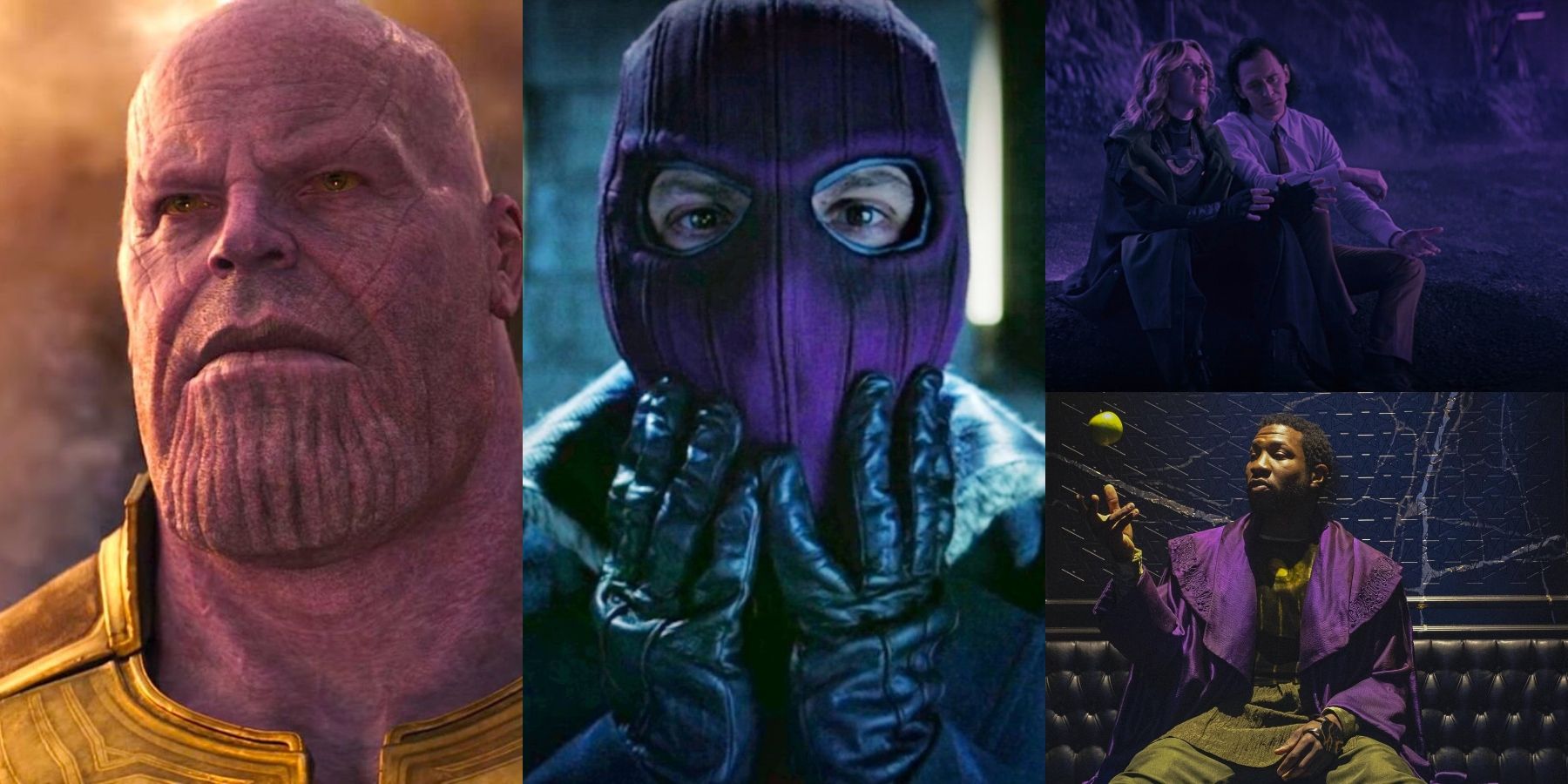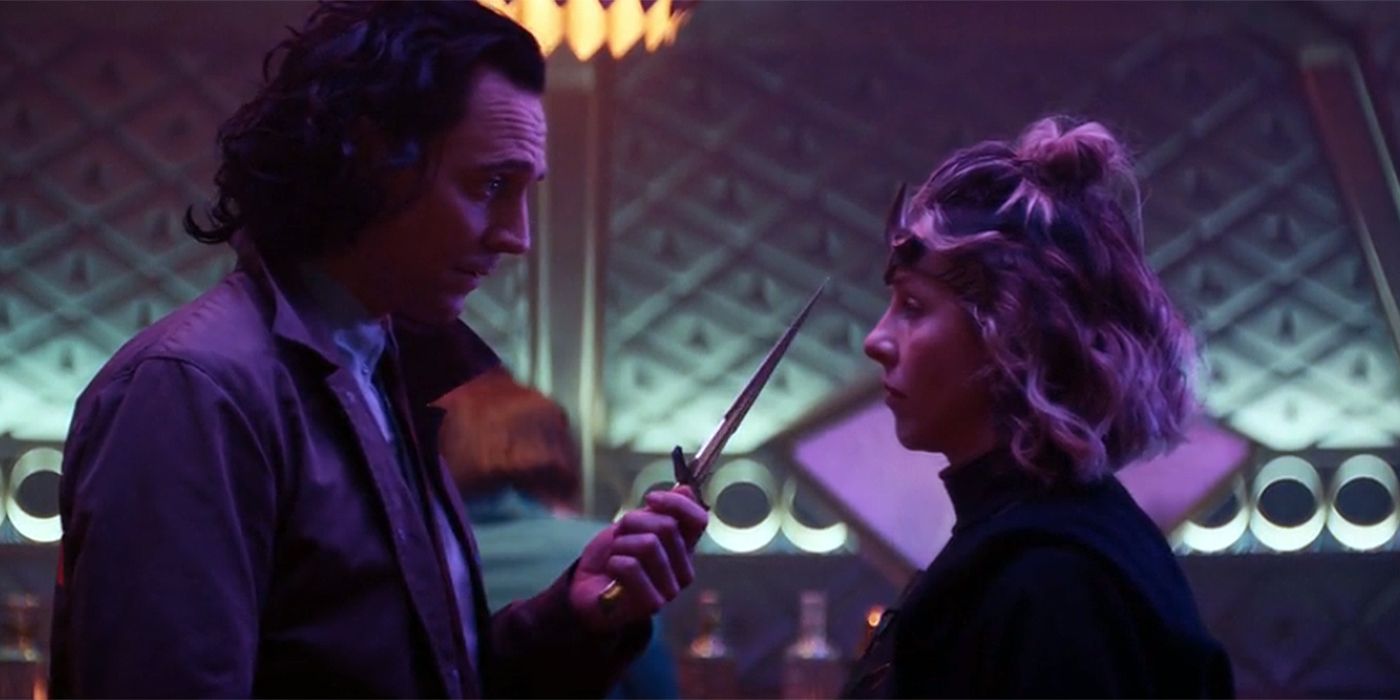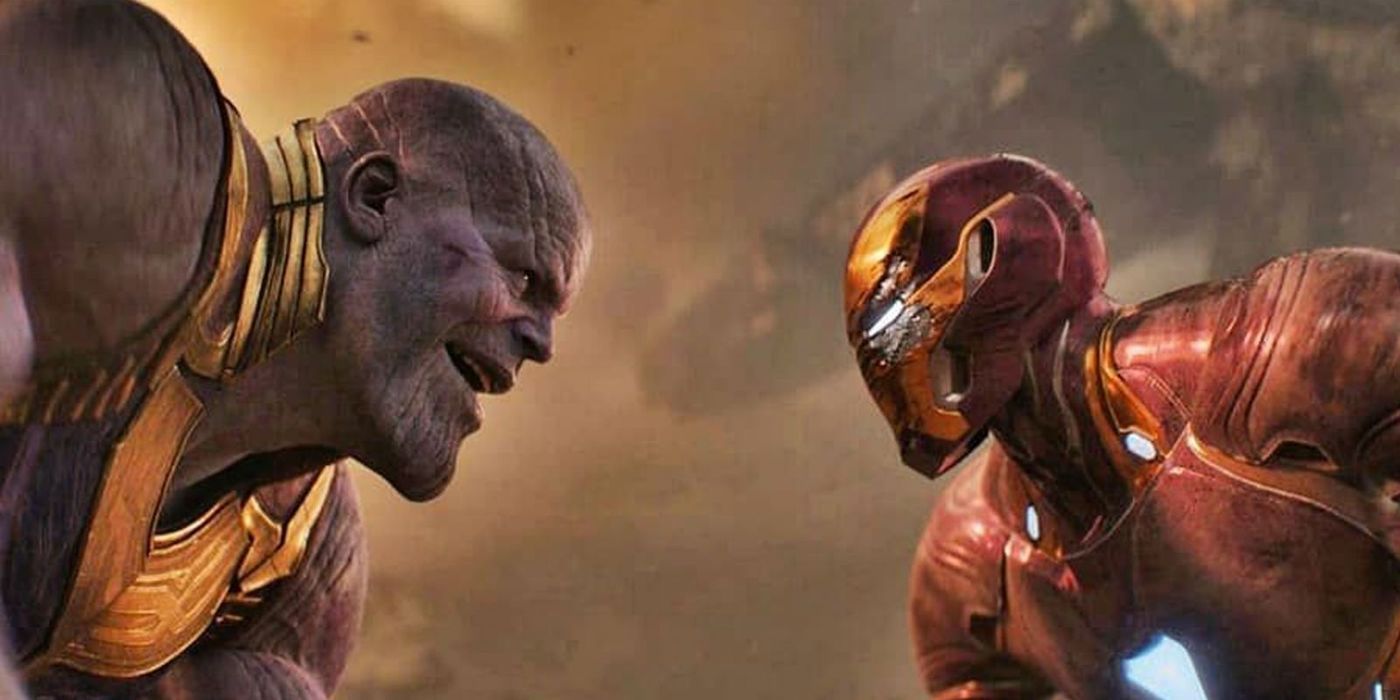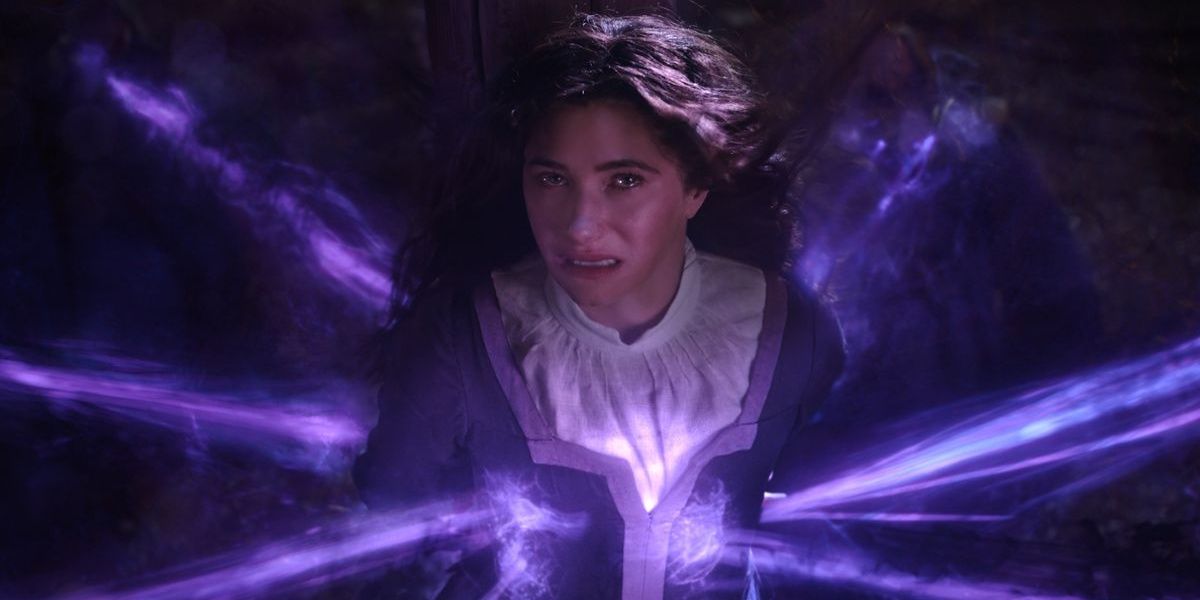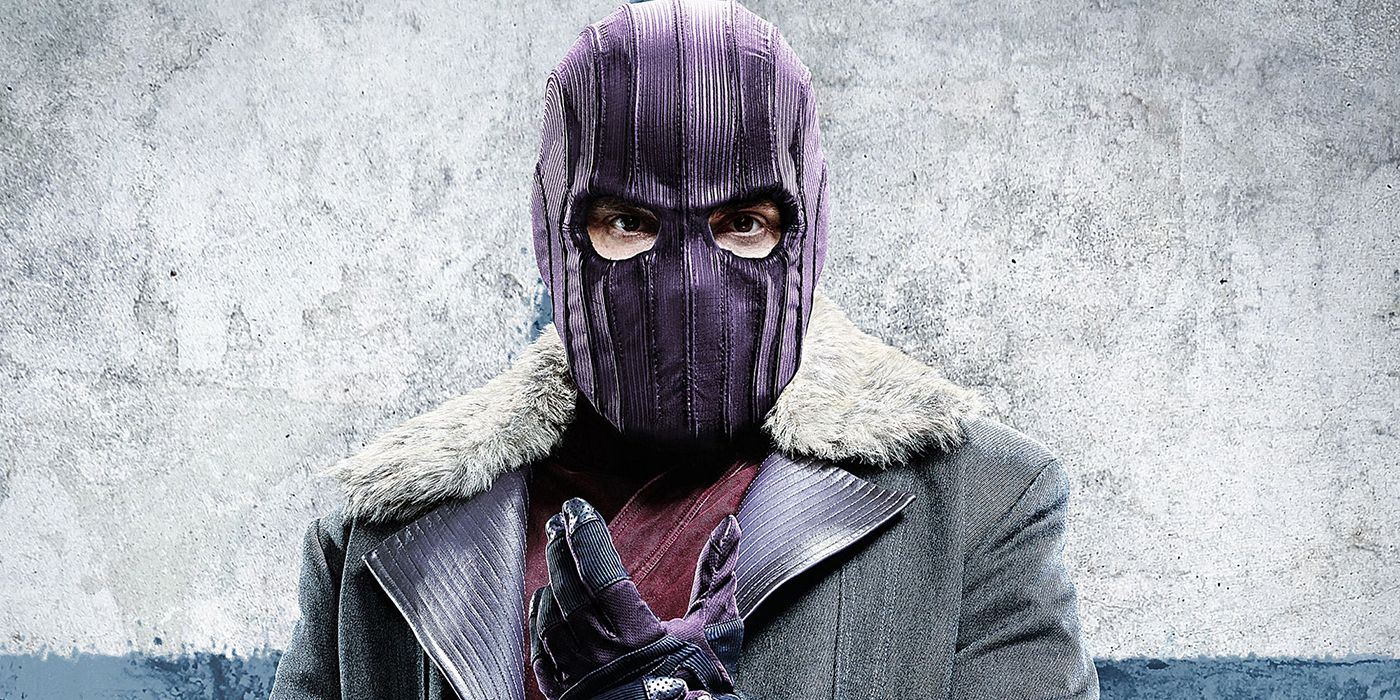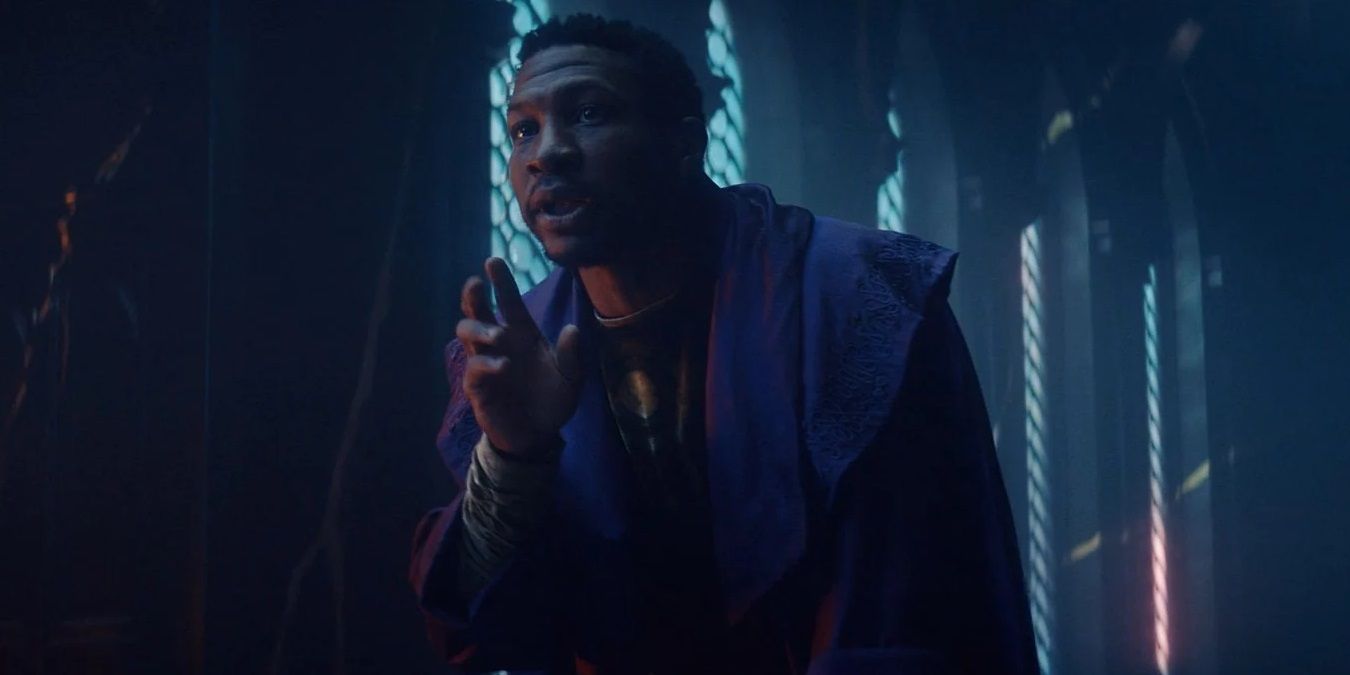It's not unheard of for Marvel to use subtle nuances to drive their stories along. Pop culture references, recycling lines, and surprise appearances have all popped up in Marvel projects. One aspect that doesn't get a lot of recognition is Marvel's use of color. After the Loki finale, the color purple has begun to show a steady pattern in MCU villains.
Purple is most often used to symbolize some form of power or royalty. This is particularly true for the MCU, as it is the color of the power infinity stone. Yet, power is not the only thing purple highlights in the MCU. For a number of villains, the color purple draws attention to the transformation of these troubled characters.
Where trouble can be found, it is usually weighed in terms of black and white. As some Marvel characters, like Loki, have shown, it's not always that simple. Instead, some choose to exist within a gray area, not conforming to a specific idea of right and wrong. For a few MCU villains, purple is their gray area.
In order to properly dissect the color purple in relation to these characters, it must be stripped down. Anyone knows that in order to create purple, there has to be a mixture of blue and red. For these Marvel characters, that is no different. Blue and red are not used in their organic form, but symbolize the decisions of these complex characters. The mixture of these decisions gives them their purple appearances.
Traditionally, red can symbolize a number of things including war, anger, and love. In the MCU, red is the passion that drives these villainous characters to create their idea of a so-called "better life." It may also encompass the carnage that some of them have caused in order to obtain that better life. In other words, red is the truth. The color blue is their beliefs. Typically associated with loyalty, trust, or intelligence, blue highlights the wisdom of the villains. Within their actions is a strong sense of sincerity where they truly believe what they have done (or are trying to do) is the right thing.
The most obvious use of the color purple in a Marvel villain is Thanos. His sinister appearance in both Infinity War and Endgame was based on his desire to collect all six infinity stones. It was Thanos's belief that by collecting all the infinity stones, he would be able to stop the world from descending into utter destruction. In his mind, he was only saving the world from itself by creating a better life. This is only half of Thanos's transformation.
The other half is the reality, or truth, of Thanos' actions. The reality is that by obtaining all six infinity stones and using them, he has killed half of all living creatures. Wrapped in this is Thanos's own desire to conquer. When the Avengers (and the rest of the world) seem ungrateful for his savior complex, Thanos becomes more irate. Essentially, Thanos masks his power-hungry antics with the false suggestion that he is doing the world a generous form of charity.
WandaVision is the next critical sighting of a violet villain. Agatha Harkness, a powerful witch who was the real culprit behind the problems in Westview, is layered in purple. Episode 7, "Breaking the Fourth Wall," featured Agatha (who originally disguised herself under the name of Agnes) wearing a layered plum outfit. Once Agatha reveals herself in her true form, she also wears a purple hood. For Agatha, the most important form of purple isn't in her clothes, but her magic.
Agatha leads many, including Wanda, to believe that she wishes to keep the world from being the subject of Wanda's chaos magic. She insists that she wants to help Wanda control her magic. Like Thanos, Agatha is masking her true wishes. As a flashback to Agatha's past revealed, Agatha absorbs the magic of other witches and becomes much stronger by default. With Wanda, it is no different. Agatha wants to absorb Wanda's magic in order to become a much more powerful version of herself. While it is likely that Agatha can actually help Wanda control her magic, it doesn't change Agatha's own ulterior motives.
Zemo, who is first seen in Captain America: Civil War, reappears in The Falcon and the Winter Soldier where he earned many new advocates. However, Zemo is far from a hero. In The Falcon and the Winter Soldier, Zemo occasionally sports a purple mask to assist Bucky and Sam on their mission to stop the production and distribution of the super soldier serum that was stolen by the Flag Smashers. In Civil War, it was revealed that Zemo sought justice for his family that was killed in Sokovia during the Avengers battle with Ultron. His family's death led Zemo to hatch a plan to not only break apart the Avengers but to rid the world of the dangerous super soldiers that were meant to save more than they hurt.
The core belief of Zemo's actions is good. He is seeking justice and attempting to right the wrongs he feels the world has overlooked. By doing so, Zemo murders countless people, both innocent and guilty, and toys with the emotions of many. The true nature of Zemo's actions, regardless of motive, is what lands him in prison. They are also what lead the Dora Milaje to take him to the Raft in The Falcon and the Winter Soldier. So, while Zemo, like Thanos and Agatha, succeeds at his original scheme, it is short-lived.
Loki's finale marks the start of the newest villain drenched in purple. From his first appearance in "For All Time. Always," He Who Remains is seen in purple attire. When Loki and Sylvie enter his office, there is a thick purple wash over the scene. He Who Remains eventually tells Loki and Sylvie the story of the Multiverse war he put an end to. Kang's belief is that he saved his universe from being annihilated by the various variant versions of himself.
The opposing side of his reasoning is the actuality of what followed. While he feared the destruction of many universes that may have included his own, he forged a new form of power for himself. By saving his universe, He Who Remains isolated one timeline and created the TVA to keep it intact. As its faceless overseer, he arguably becomes much worse than the variant versions of himself. Much like Zemo, Agatha, or Thanos, as pure as the motives may seem, there is always a hidden truth. By creating the TVA, Kang kidnaps and forces a number of people to live lives that they weren't meant to live.
Thanos, Agatha, Zemo, and He Who Remains all share some form of the idea that the sacrifice of a few is needed for the greater good. Thanos wipes out half of all living creatures, Agatha collects the powers of witches, Zemo kills super soldiers, and He Who Remains protects the timeline by any means necessary.
Like a black and white scale, the elements of these Marvel villains' stories can stand on their own but when combined, it results in a gray area (or in this case, a purple area). Instead of black and white as its founding principles of right and wrong, it is blue and red. None of the actions of Thanos, Agatha, Zemo, and He Who Remains can be considered entirely correct, but they can't be completely discredited either. No matter how twisted their motives are, there is a level of truth behind them.

